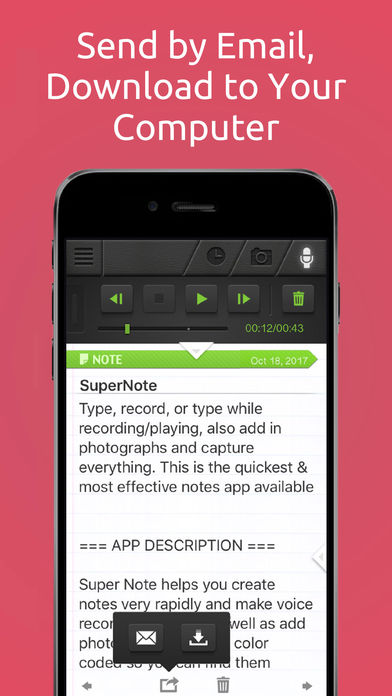


Exiting from the windway, the breath is directed against a hard edge (C), called the " labium", which agitates a column of air, the length of which (and the pitch of the note produced) is modified by finger holes in the front and back of the instrument. The player's breath is constrained by a wooden "block" (A), in the mouthpiece of the instrument, so as to travel along a duct (B) called the "windway". The recorder is held outwards from the player's lips (rather than to the side, like the "transverse" flute). The English name may come from a Middle English use of the word record, meaning, "to practice a piece of music".Ĭlick here to hear a soprano (descant) recorder being played. In German the recorder is called the Blockflöte ( Block Flute), in French the flûte à bec ( Beaked Flute), in Italian the flauto dolce ( Sweet Flute), in Spanish the flauta de pico ( beak Flute), and in contemporary music blockflute. The sound of the recorder is remarkably clear and sweet, partly because of the lack of upper harmonics and predominance of odd harmonics in the sound.
#Note recorder full
Today, it is often thought of as a child's instrument, but there are many excellent virtuosic players who can demonstrate the instrument's full potential as a solo instrument. The recorder was revived in the twentieth century, partly in the pursuit of historically informed performance of early music, but also because of its suitability as a simple instrument for teaching music and its appeal to amateur players. Purcell, Bach, Telemann and Vivaldi used the recorder to suggest shepherds and birds, and the pattern continued into the 20th Century. Images of recorders can be found in literature and artwork associated with all these. During its heyday, the recorder was traditionally associated with birds, shepherds, miraculous events, funerals, marriages and amorous scenes. The recorder was popular from mediaeval times but declined in the eighteenth century in favour of orchestral woodwind instruments, such as the flute and possibly the clarinet, which have greater chromatic range and louder volume. The bore of the recorder is occasionally cylindrical but is usually tapered slightly, being widest at the mouthpiece end. It is distinguished from other members of the family by having holes for seven fingers (the lower one or two often doubled to facilitate the production of semitones) and one for the thumb of the uppermost hand. The recorder is end-blown and the mouth of the instrument is constricted by a wooden plug, known as a block or fipple. The recorder is a woodwind musical instrument of the family known as fipple flutes or internal duct flutes-whistle-like instruments which include the tin whistle and ocarina.


 0 kommentar(er)
0 kommentar(er)
